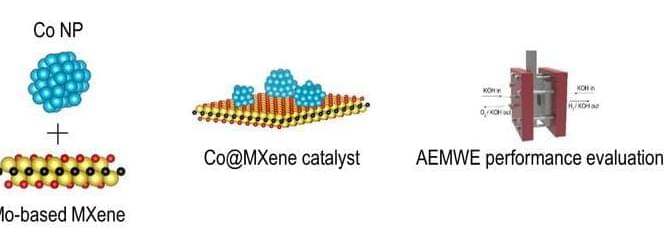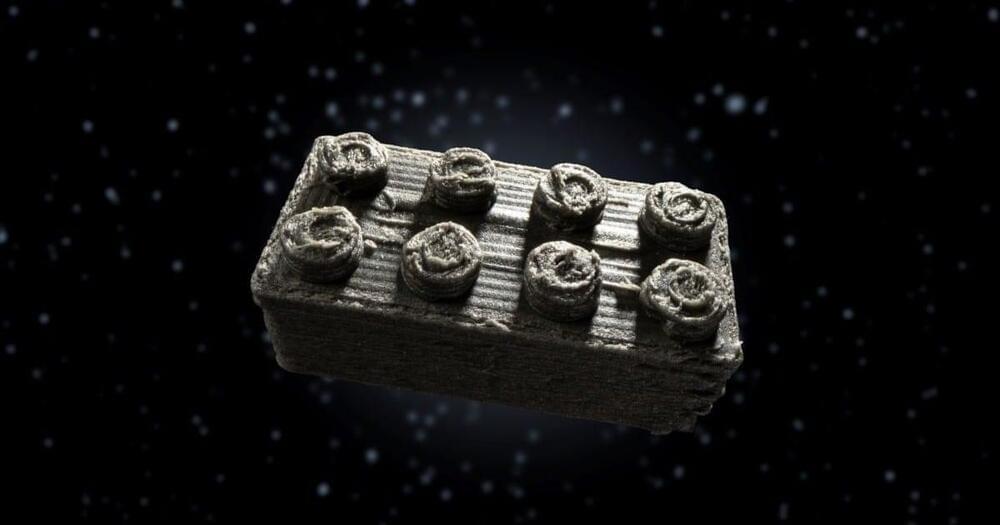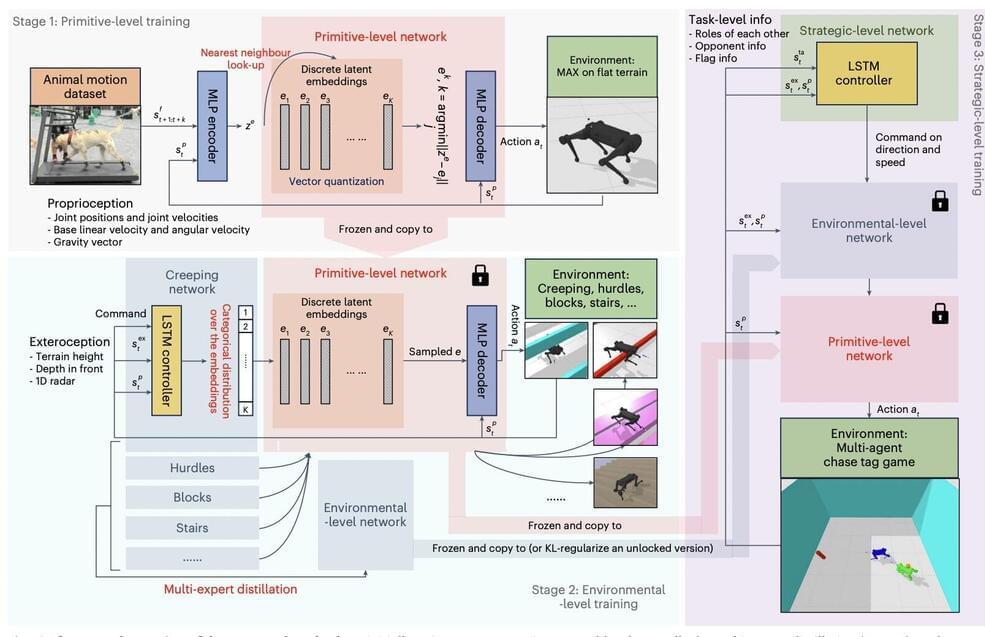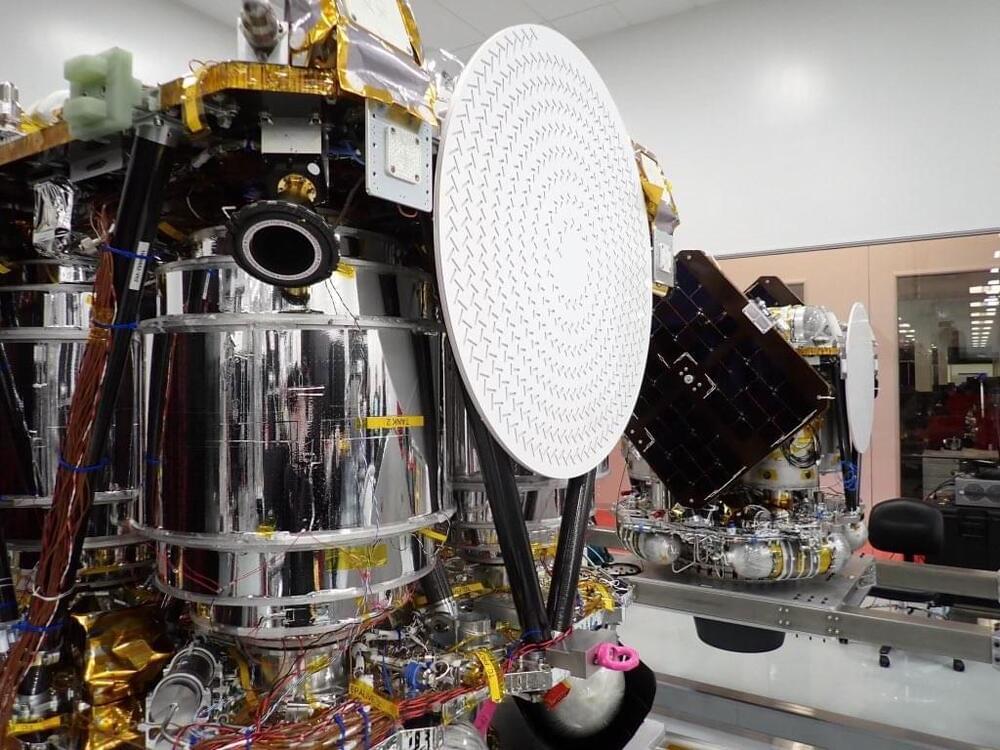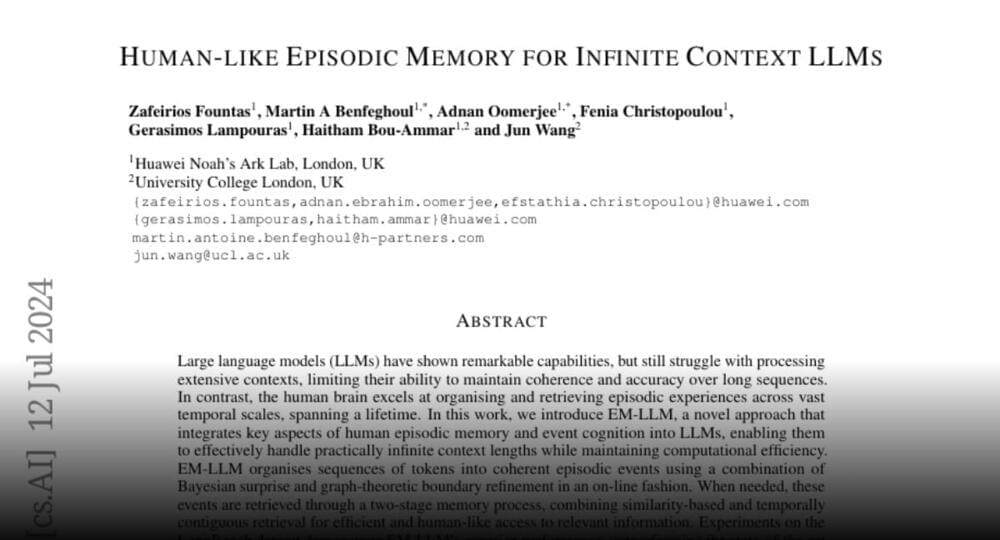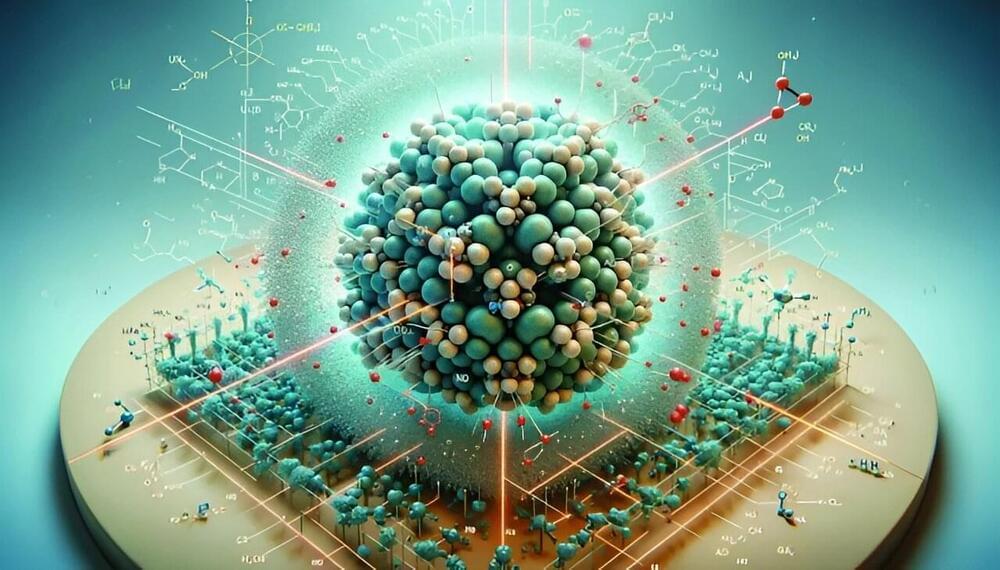When listen to void of space, we hear no alien signals, but could the galaxy be quiet because ancient empires slumber inside it? Watch my exclusive video Planetary Archives & Stasis Vaults: https://nebula.tv/videos/isaacarthur–… Nebula using my link for 40% off an annual subscription: https://go.nebula.tv/isaacarthur Get a Lifetime Membership to Nebula for only $300: https://go.nebula.tv/lifetime?ref=isa… Use the link gift.nebula.tv/isaacarthur to give a year of Nebula to a friend for just $30. Join this channel to get access to perks: / @isaacarthursfia Visit our Website: http://www.isaacarthur.net Join Nebula: https://go.nebula.tv/isaacarthur Support us on Patreon:
/ isaacarthur Support us on Subscribestar: https://www.subscribestar.com/isaac-a… Facebook Group:
/ 1,583,992,725,237,264 Reddit:
/ isaacarthur Twitter:
/ isaac_a_arthur on Twitter and RT our future content. SFIA Discord Server:
/ discord Credits: Dormant Alien Empires Episode 455a; July 14, 2024 Produced, Narrated & Written: Isaac Arthur Editors: Darius Said & Mark Surber Graphics: Mihail Yordanov Jeremy Jozwik Ken York YD Visual LegionTech Studios Sergio Botero Udo Schroeter Music Courtesy of Epidemic Sound http://epidemicsound.com/creator Lombus, “Cosmic Soup” Sergey Cheremisinov, “Labyrinth” Stellardrone, “Red Giant”, “The Divine Cosmos” Select imagery/video supplied by Getty Images.

